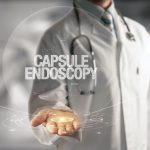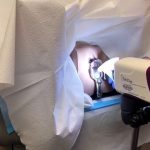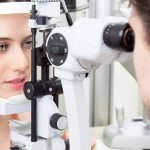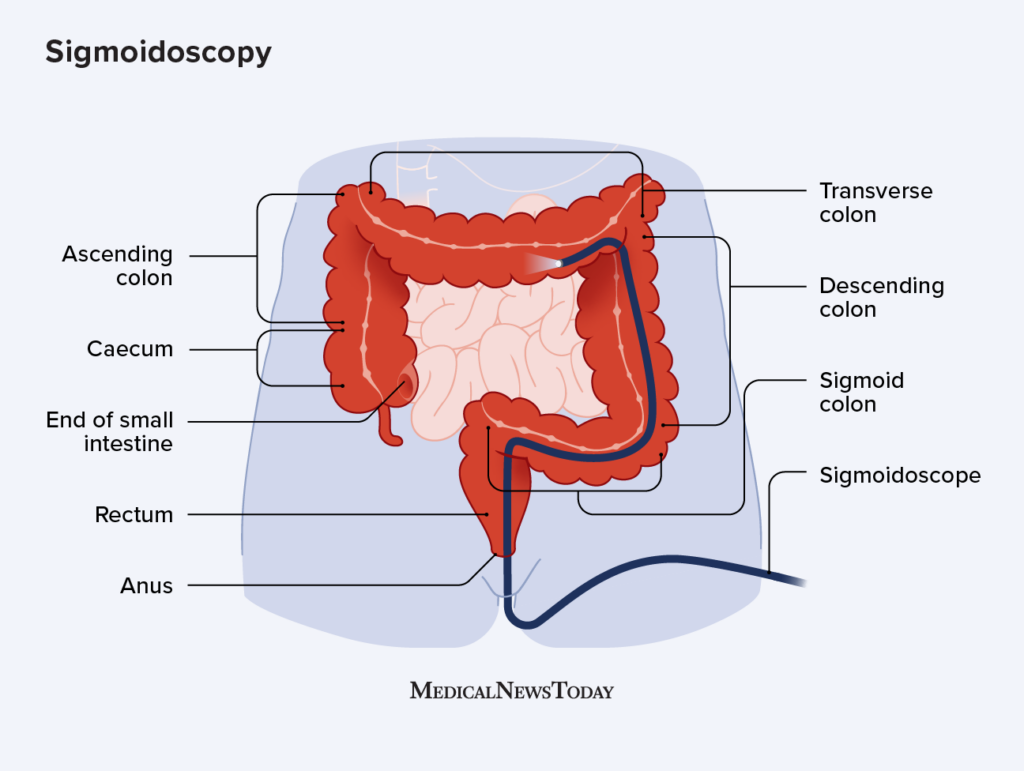
Flexible sigmoidoscopy is a test to look inside the lower part of your large bowel. It is also called bowel scope or flexi sig.
The flexible sigmoidoscopy is a thin flexible tube called a colonoscope. This has a small light and camera at one end. The endoscopist (specially trained doctor or nurse) puts the tube into your back passage (anus). They then gently move it up into the lower part of your bowel. They can see the pictures of the inside of your bowel on a TV screen.
You usually have this test in the endoscopy unit at the hospital. It may take between 5 to 15 minutes. But you should expect to be in the department for up to 2 hours.
Having a flexible sigmoidoscopy
A flexible sigmoidoscopy is a test to look inside your back passage and the lower part of your large bowel.
You might have the test to check symptoms or monitor a condition.
Your bowel needs to be empty for the test, so you usually have an enema on the day. This is a liquid that you put into your back passage and makes you go to the toilet. Rarely, instead of the enema you might be asked to have a laxative.
For the test you lie on your left side. The doctor or specialist puts a thin flexible tube into your back passage and into your bowel. On the end of the tube is a light and a camera. This sends pictures to a monitor. The tube puts air into the bowel to make it easier to see the lining. You can have gas and air if it is uncomfortable.
They take samples of any abnormal looking areas. This is called a biopsy. And they remove any small growths called polyps.
You can go home straight after the test and can eat and drink normally.
You may have some bloating, cramping and slight bleeding for a few days. Contact your doctor if this gets worse.
They will tell you if they take any biopsies and you usually get the results of these within a couple of weeks.
Why you might you have a flexible sigmoidoscopy?
There are a number of reasons why you might have a flexible sigmoidoscopy, including:
- to help find the cause of your bowel symptoms
- to check a condition that you have been diagnosed with in the past
Before your test
You get sent written instructions before your test about what you need to do.
Your bowel needs to be empty of poo for a flexible sigmoidoscopy. This is so the endoscopist has a clear view of your bowel.
To prepare you for the test:
- you may have an enema – you might be sent this to do at home or you may have it when you get to the hospital
- instead of an enema, you might be sent a liquid bowel preparation (laxative) to drink and follow a special diet for a couple of days beforehand
- you usually can’t eat or drink for a few hours before your appointment time
If you’re taking iron tablets or drugs that can cause constipation, you need to stop taking them about a week before your appointment. Your appointment letter gives you more details about this.
Contact the hospital for advice before your appointment if you’re diabetic or taking medicines to thin your blood.
How you have a flexible sigmoidoscopy
When you arrive at the hospital you’re seen by a nurse. They’ll check your temperature, blood pressure, breathing and heart rate.
You also see the endoscopist, they’ll explain what will happen and ask you to sign a consent form. This is a good time to ask any questions you may have.
Your nurse will give you a hospital gown to change into. You might also wear paper shorts with an opening at the back.
During the test
You’ll lie on a bed on your left side, with your knees tucked up to your chest. You don’t normally need medication to make you relax while you have the test.
The endoscopist will first check your back passage for any abnormalities. They then gently put the colonoscope into your back passage and up into the large bowel. This is uncomfortable but is not usually painful. They put gel on the colonoscope to make it more comfortable. The gel usually feels cold.
The doctor or nurse puts a small amount of gas and water through the colonoscope into your bowel. This opens the bowel so they can see the lining of the bowel clearly. This can make you feel bloated and like you want to go to the toilet. Don’t worry you won’t as your bowel will be empty. You may pass wind during the procedure. Don’t feel embarrassed this is normal for this test.
If you find it too uncomfortable at any stage tell the endoscopist and they will stop.
You might have pain relief using gas and air (Entonox). This is a fast acting pain relief breathed in through a mouth piece.
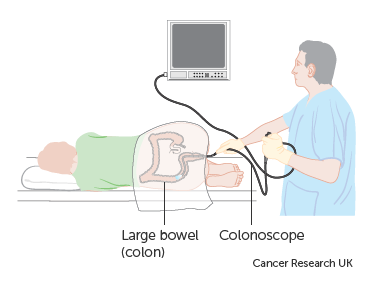
During the test, they take photographs of your bowel lining. If your doctor or nurse sees any abnormal areas they will take tissue samples (biopsies).
If you have any growths in the bowel lining (polyps), they can remove them with a wire loop. They put the wire loop down the colonoscope. These growths go to the laboratory get checked by a pathologist.
A pathologist is an expert who looks at and identifies cells.
After the test
You might feel bloated and have mild cramping pain after the test.
You can eat and drink as usual.
You can usually go home after the test.
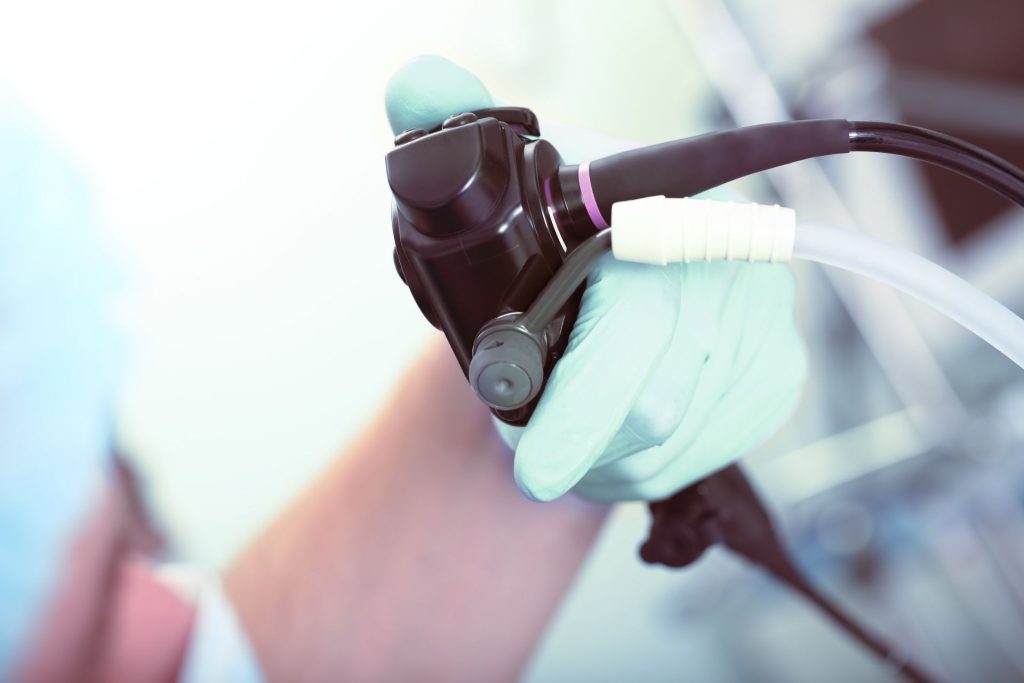
Possible risks of having a flexible sigmoidoscopy
Flexible sigmoidoscopy is a very safe procedure. Your nurse will tell you who to contact if you have any problems after your test. Your doctor ensures that the benefits of having a sigmoidoscopy outweigh any possible risks.
Tummy discomfort or pain
You may have some bloating, cramping or pain in your tummy (abdomen) after the test. This is due to the gas or air put into the bowel. This should go away after a few hours. Walking around, warm drinks and peppermint water may help you to pass wind.
Bleeding
After having a biopsy or polyp removed, you might have some bleeding. This is usually a small amount and stops on its own within a couple of days. Sometimes people with piles (haemorrhoids) may have some bleeding after the test.
Infection
This is rare, but you may get a high temperature and generally feel unwell.
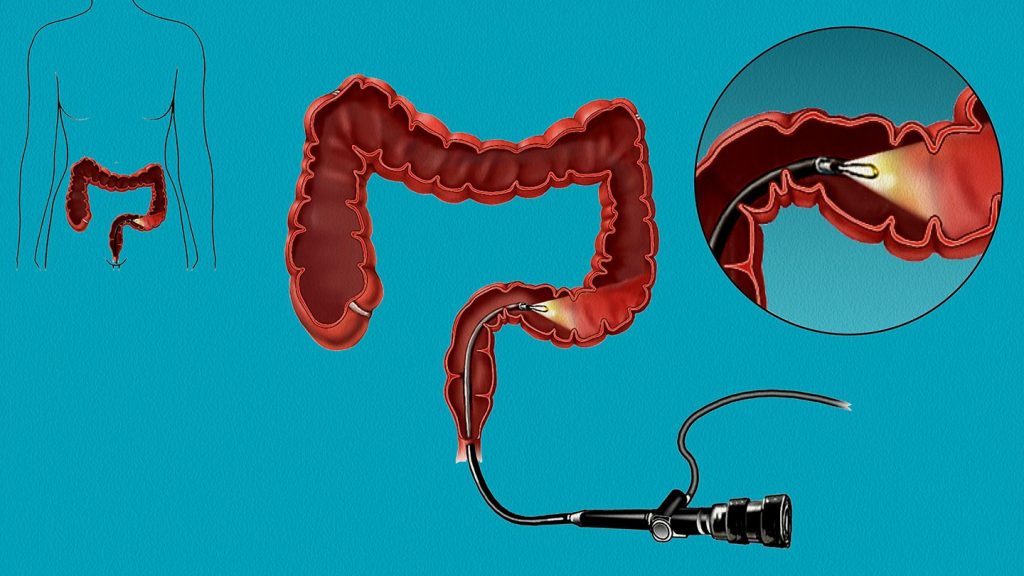
Tear in your bowel
Very rarely there is a small tear in the bowel wall (perforation). If this happens it’s likely you need surgery to repair the tear.
Your nurse will give you instructions about what to look out for and who to contact if you have any problems at home.
Contact the department where you had your test or your GP if you have the following symptoms:
- severe tummy or bottom pain
- continuous or heavy bleeding from your back passage
- passing blood clots from your back passage
- passing black poo (stools)
- high temperature
- generally feeling unwell
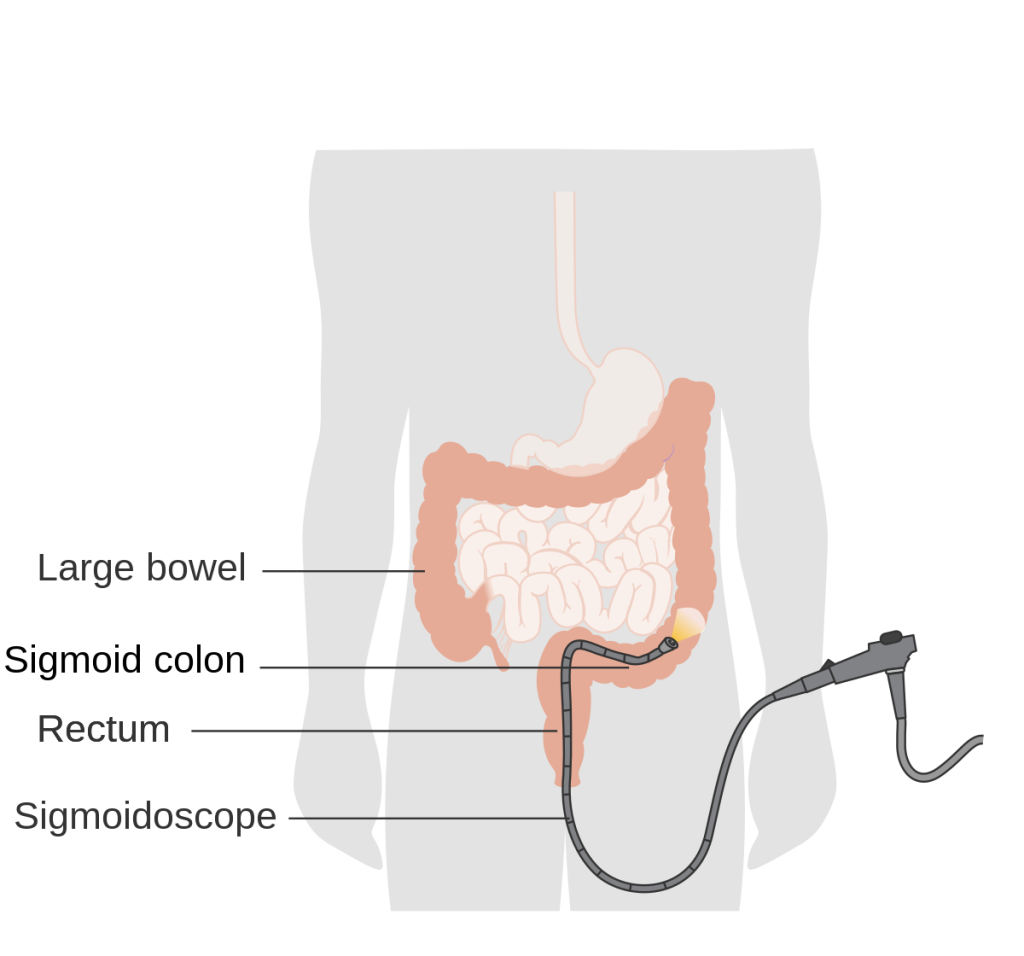
Getting your results
You should get your results within 2 weeks. They may be sent to you and your GP or you may get them at a follow up appointment.
The endoscopist will explain to you at the time if they’ve taken any biopsies or polyps. They won’t be able to give any more information than this. This is because the pathologist needs to look at them in the laboratory under a microscope.
Waiting for test results can be a very worrying time. You might have contact details for a specialist nurse and you can contact them for information if you need to. It can help to talk to a close friend or relative about how you feel.

